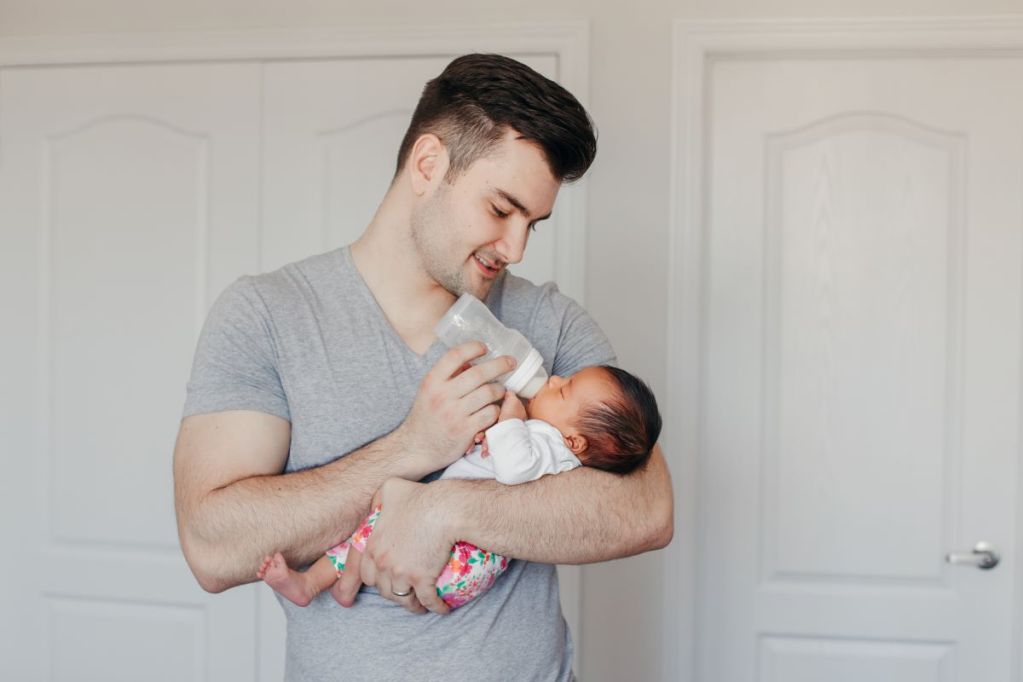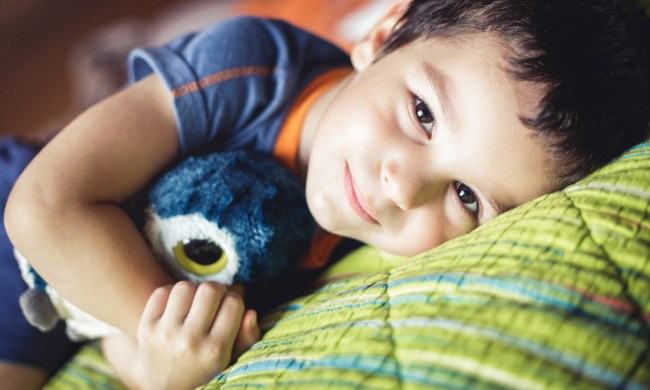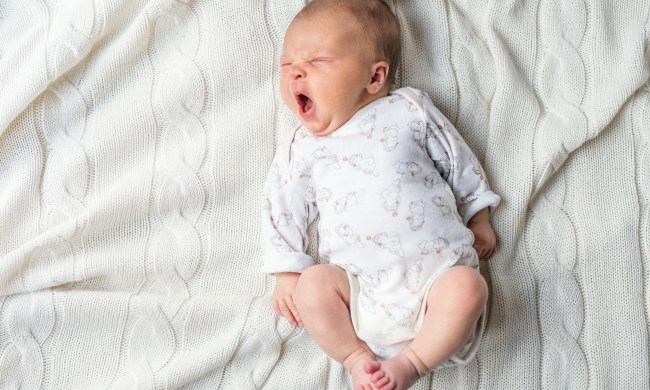Your baby will experience so many changes through their first year of life. It’s pretty incredible. One part that is exciting but could be confusing is the feeding schedule. Going from only formula or breast milk to mushy solids to soft foods to solid foods to regular foods is quite a journey for a baby, but it’s so fun. Here’s a baby feeding chart by age so you know where your little one is and where they will go next.
Feeding for the first 6 months

Birth to 1 month old
To be honest, this stage is pretty boring. Your little one is on a breast milk or formula-only diet. You can’t introduce any form of solids (no matter how mushy), water, or anything else. Your baby eats one meal and one meal only during this time. But don’t worry; your baby is getting enough to eat with just breast milk or formula. They eat 8 to 12 times a day until around 2 months old.
Breastfed
If your baby is breastfed, they will eat every couple of hours. It feels like you are feeding baby every hour on the hour, and some days it may be just that, but every 2 to 3 hours means it’s mealtime.
Formula fed
Formula babies go a little longer in between feedings. They will want to eat every 3 to 4 hours.
2 to 4 months old
Your little one is still on a formula or breast milk meal schedule. They will eat more in a sitting and less often, so there is still a change in feeding, but nothing else is introduced yet.
4 to 6 months old
Your baby is still enjoying up to 6 meals of breastmilk or formula a day, but baby food could possibly be layered in. There are readiness markers to see if your child may want to start solids. Keep in mind that you should not be watering down any bottles or giving regular milk yet. No eggs, peanut butter, or soft cheeses.
From 6 months to 1 year old

By 6 months old
Now is where the fun starts to happen. If your child is showing signs of readiness to begin solids, then at 6 months old, the joy of trying new foods happens. Start with gentle purees made of fruits and vegetables. Once you have established your baby can handle solid foods, rotate in pureed chicken, beef, or pork. You could do oatmeal, but make sure it isn’t a rice-based version.
Your child’s diet is still mostly breast milk or formula. You will only feed them 2 to 3 tablespoons of fruit and the same for vegetables. A baby will only eat up to 2 tablespoons of grain or protein-rich food. A baby eats up to six 8-ounce bottles a day.
By 8 months old
If your baby has mastered the puree, switch to mashed foods. Don’t forget that your child is still getting most of their daily intake via breast milk or formula at 8 months old. With breast milk or formula, an 8-month-old should have 3 to 5 bottles a day, with up to 8 ounces each.
By 12 months old
Feeding at 12 months old looks pretty sweet. Your baby will be able to eat what you eat—just in smaller portions, cut up in the cutest little bites, and should still be served with a soft texture. Most babies have a mouth full of teeth by 1 year old, so the food options grow to a pretty big chart.
A baby will eat about a half cup of fruits, vegetables, proteins, and grains and still have 8-ounce bottles of formula or breastmilk three or four times a day. By a year old, you can release the floodgates on all the no-foods, like cow’s milk, eggs, yogurt, and peanut butter.
Feeding schedule tips

Solids readiness
- Proper head and neck control
- Can grab and hold objects in one hand
- Doesn’t tongue-thrust as much with the bottle
Solid food things to know
When introducing new foods, only give your baby one additional option a week. Not only will this help weed out allergies, but your child also needs time to adjust to the food before trying a new one. It’s a texture thing.
Don’t be discouraged if baby only eats a few bites of each food. It’s hard being a baby and trying to figure everything out. If your child refuses food, keep offering it. Don’t give up. Wait a few days before trying the rejected food again, but keep at it.
It is fascinating to watch your baby go from only having bottles or breastfeeding to being able to eat what is on your plate all within one year. Not every baby follows a feeding chart, but it’s great to have a guide to see where on the scale your baby falls. Enjoy making memories watching your baby try food for the first time and then get all the way to sitting there eating the same things you are at dinner.




